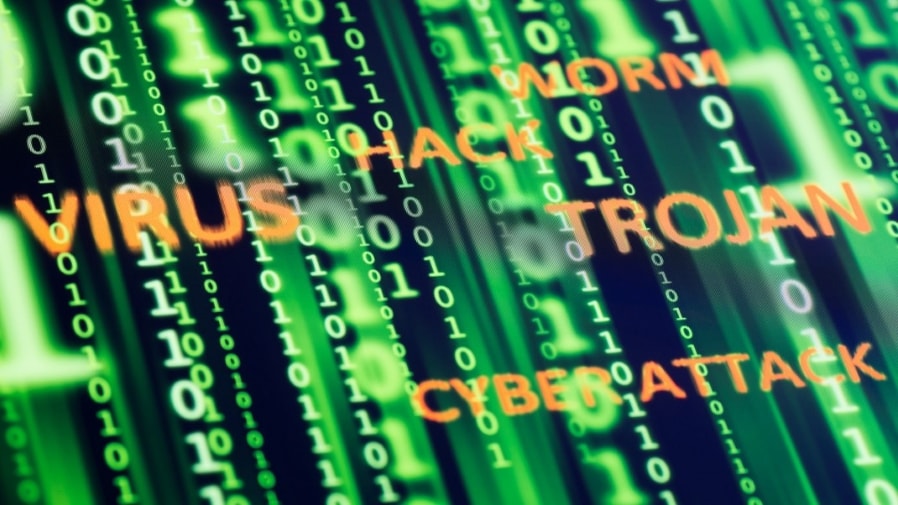What is Threat Hunting: Proactively Defending against Cyber Threats

With the rapid expansion of technology and increasing reliance on digital systems, cyber threats have become a major concern for organizations across various industries. Cybercriminals are becoming more sophisticated in their attacks, making detecting and preventing them difficult before significant damage is done.
Threat hunting has emerged as an effective approach to proactively identify potential security breaches and mitigate risks before they cause harm. Threat hunting involves actively searching for indicators of compromise (IOCs) or suspicious activities within an organization’s network environment.
It goes beyond traditional cybersecurity measures like firewalls and antivirus software by focusing on identifying potential threats that may have gone undetected through automated tools. This method requires a comprehensive understanding of an organization’s IT infrastructure, threat intelligence data, and analytical skills to identify patterns or anomalies that could indicate malicious activity.
This article will explore what threat hunting means, why it is essential for modern-day cybersecurity defenses, and how organizations can implement proactive defense strategies to stay ahead of evolving cyber threats.
On this page:
The Importance of Proactive Cybersecurity Measures
Proactive cybersecurity measures are becoming increasingly important for organizations as the threat landscape continues to evolve.
Threat actors are constantly developing new tactics and techniques to infiltrate networks, steal data, and disrupt operations.
In response, organizations need to be proactive in their approach to cybersecurity by implementing measures such as regular vulnerability assessments, penetration testing, security awareness training, and threat hunting.
These measures help identify vulnerabilities before attackers can exploit them and allow organizations to take remedial action proactively.
By adopting a proactive approach to cybersecurity, organizations can reduce the risk of cyber attacks and minimize the impact of any successful breaches that do occur.
Understanding the Basics of Threat Hunting
Understanding the basics of threat hunting involves identifying and mitigating potential threats before they can cause harm. This approach takes a proactive stance against cyber attacks rather than waiting for them to happen and reacting afterwards.
The process typically entails analyzing system logs, network traffic, and other data sources to identify anomalies that may indicate malicious activity. Threat hunters also rely on their knowledge of attacker tactics, techniques, and procedures (TTPs) to anticipate new types of attacks and develop countermeasures.
Successful threat hunting requires collaboration between IT security teams, including both technical experts and business stakeholders, who understand critical systems and processes that attackers could target.
By staying ahead of emerging threats through continuous monitoring and analysis, organizations can better protect themselves from cyber attacks while minimizing damage when incidents do occur.
The Role of Threat Intelligence in Effective Threat Hunting
Threat hunting is a proactive approach to defending against cyber threats, and threat intelligence plays an important role in this process.
Threat intelligence refers to the knowledge and information about potential or actual cybersecurity threats that security teams can use for informed decision-making.
Organizations need to have access to timely and accurate threat intelligence to effectively hunt for threats.
Effective threat intelligence involves three key considerations:
- Understanding the types of threat intelligence available
- Integrating threat intelligence into existing security processes
- Leveraging automation tools to maximize the benefits of threat intelligence integration
By considering these points, organizations can better incorporate relevant data sources into their security practices and enhance their ability to detect and respond to emerging threats without delay.
Building a Successful Threat Hunting Program
To build a successful threat hunting program, it is essential to have a well-structured plan that covers all aspects of the process.
The first step in this regard would be to identify the objectives and goals of the program, followed by an assessment of the existing security infrastructure. This will help determine any gaps or weaknesses that need to be addressed before initiating the hunt.
Next, building a skilled team with diverse expertise can significantly enhance the effectiveness of the program. Adequate training and resources should also be provided to enable them to work efficiently.
Once these basics are covered, designing appropriate data collection and analysis strategies becomes crucial. Effective collaboration between different teams involved in incident response can support seamless communication and sharing of knowledge throughout the organization.
Continuous monitoring of network systems can provide valuable insights into potential threats and vulnerabilities that require immediate attention. Regular review and evaluation of processes can ensure continuous improvement and keep up with changing trends in cybercrime activities.
Continuous Improvement and Adaptation in Threat Hunting
The proactive nature of threat hunting requires constantly improving strategies, techniques, and tools to detect and respond to potential attacks.
Organizations need to invest in training their teams regularly to achieve continuous improvement. This includes staying up-to-date with the latest trends and technologies related to cybersecurity.
Additionally, regular reviews should be conducted on past incidents to identify areas for improvement that can enhance future responses.
Organizations also need to adapt their approaches as new threats emerge or existing ones evolve over time.
Finally, the collaboration between different departments within an organization plays a critical role in achieving continuous improvement and adaptation since this enables cross-functional communication leading to better decision-making processes.
Conclusion
Effective cybersecurity measures involve being proactive and vigilant in identifying potential threats before they can cause harm. Threat hunting is one such approach that involves actively searching for signs of malicious activity within an organization’s network, systems, or applications.
Organizations can stay ahead of cyber attackers by leveraging threat intelligence and building a successful threat hunting program. Threat hunting requires continuous improvement and adaptation to keep pace with evolving cyber threats.
It is essential to have skilled professionals who are well-versed in the latest techniques and methodologies for detecting and mitigating attacks. With proper planning and execution, effective threat hunting can help organizations defend against cyber threats more proactively while reducing the risk of significant data breaches or other security incidents.
As technology continues to evolve rapidly, businesses must remain vigilant against new forms of attack by staying up-to-date on best practices for cybersecurity defense.

